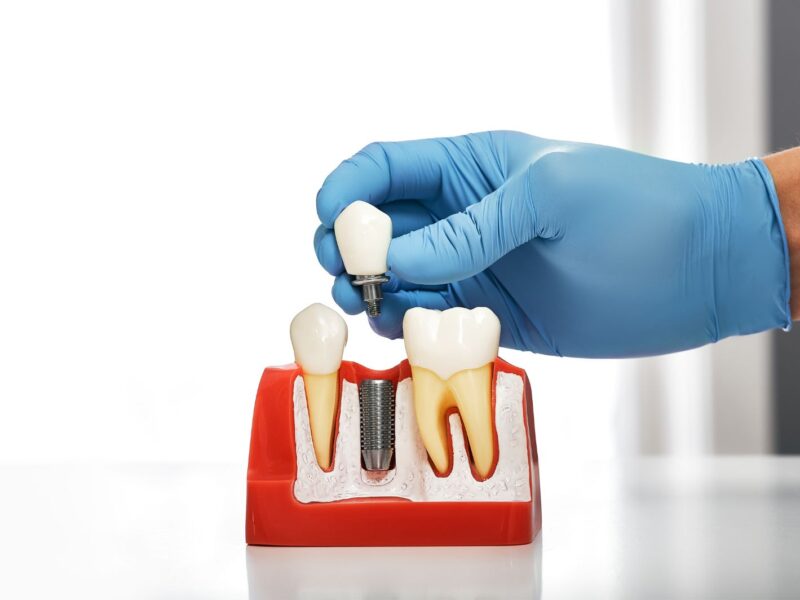Gum graft surgery, often necessary for addressing gum recession and protecting teeth from further damage, can vary widely in cost. Understanding the factors that contribute to the cost of gum graft surgery is essential for anyone considering this procedure.
Today, we will delve into what contributes to the expense of gum graft surgery. Let’s get started!
Table of Contents
Type of Gum Graft
There are primarily three types of gum grafts. This includes:
- connective-tissue grafts
- free gingival grafts
- pedicle grafts
Each type addresses different needs and complexities. This impacts the periodontal graft cost. Connective-tissue grafts, the most common type, involve taking tissue from under the flap of skin at the roof of the mouth. This is stitched around the exposed tooth root.
Free gingival grafts are similar but involve taking tissue directly from the roof of the mouth. Pedicle grafts, on the other hand, partially cut a piece of gum near the affected area. It is stretched to cover the exposed root.
The choice of graft type depends on the patient’s specific condition and affects the surgery’s price.
Extent of Procedure
The extent of gum recession and the number of teeth impacted play significant roles in determining the cost of the surgery. When a larger area necessitates treatment or multiple sites call for grafts, the procedure’s complexity and duration are heightened.
This consequently elevates the overall cost associated with the intervention.
Dentist’s Experience
The expertise and reputation of the dental implant specialist performing the surgery can majorly impact the cost. Highly experienced and well-regarded dentists or periodontists might charge more for their services, reflecting their years of training, skill level, and successful outcomes.
Location
Geographical location plays a significant role in the cost of dental procedures, including gum graft surgery. Dental services in urban and metropolitan areas tend to be more expensive due to higher living costs and operational expenses compared to more rural locations.
Anesthesia
The type of anesthesia used during the surgery can also affect the cost. While local anesthesia might be included in the surgery’s base cost, patients requiring or preferring sedation or general anesthesia will face additional charges.
This choice depends on the extent of the procedure and the patient’s comfort and anxiety levels.
Aftercare
Post-operative care, including follow-up visits, medications, and any necessary adjustments, adds to the total cost. Effective aftercare is crucial for the surgery’s success and the patient’s comfort and gum graft recovery, but it does come at an additional expense.
Discover the Factors That Contribute to the Cost of Gum Graft Surgery
The cost of Gum graft surgery is a significant investment in your oral health. This helps address gum recession which can lead to severe dental issues if left untreated. Understanding these factors will help you gauge the potential costs. This helps prepare financially for the procedure.
It’s also beneficial to discuss with your dental insurance provider what portions of the surgery might be covered under your plan. Remember, protecting your gums is not just about preserving your smile. It’s about maintaining your overall health.
Did you find this article helpful? Check out the rest of our blogs!



